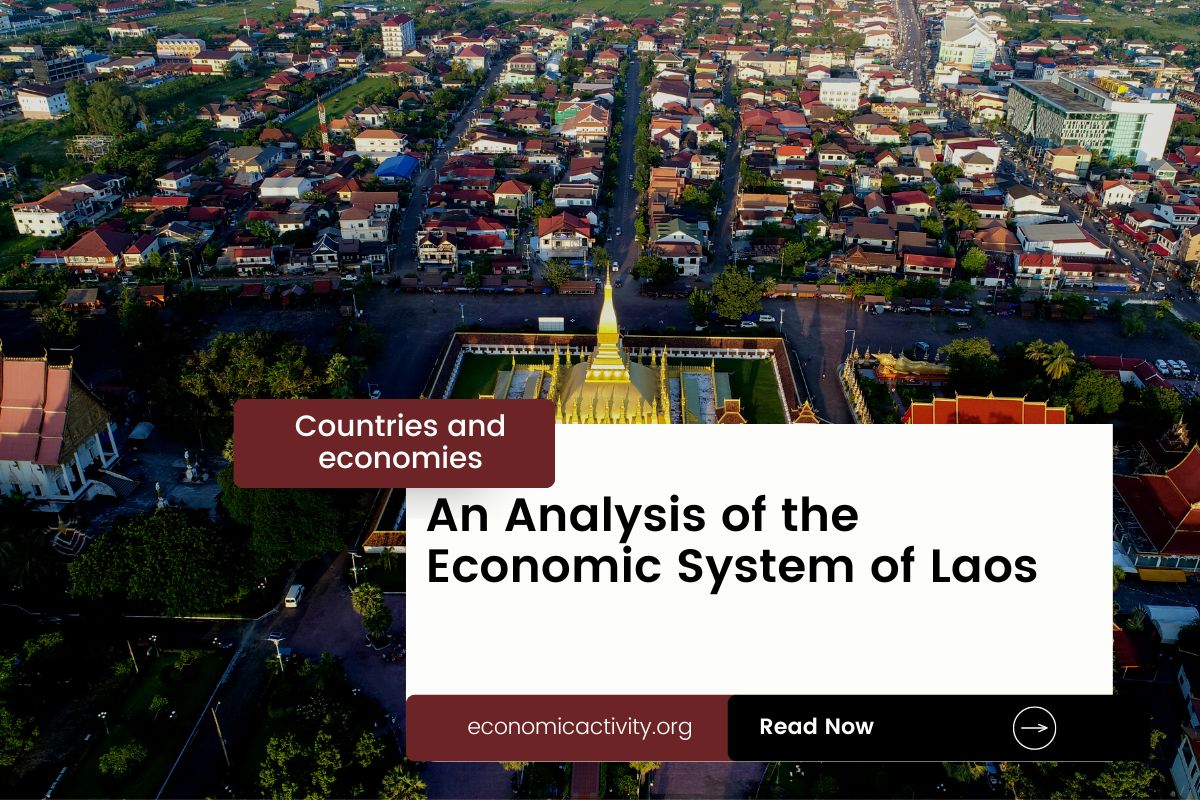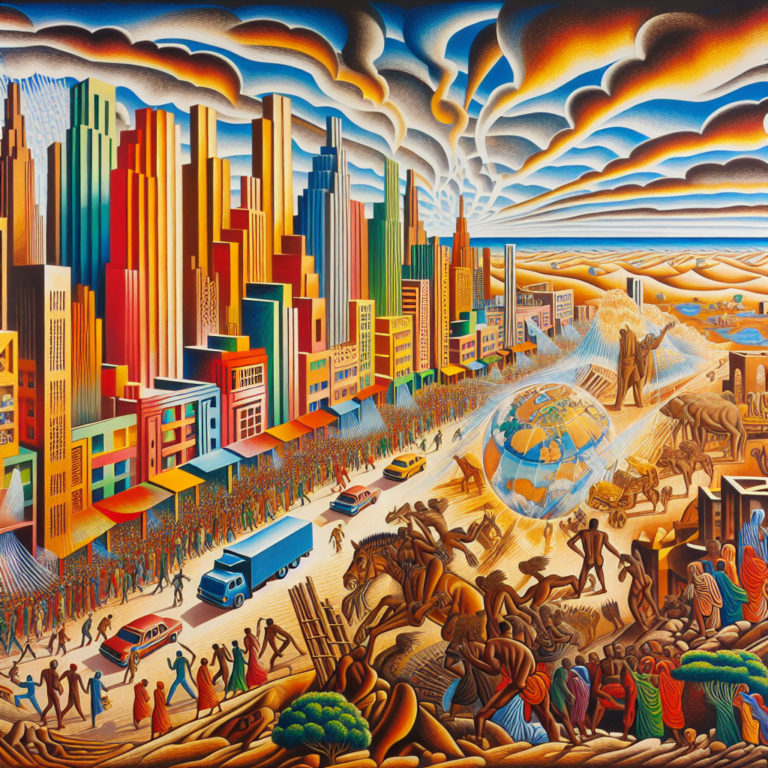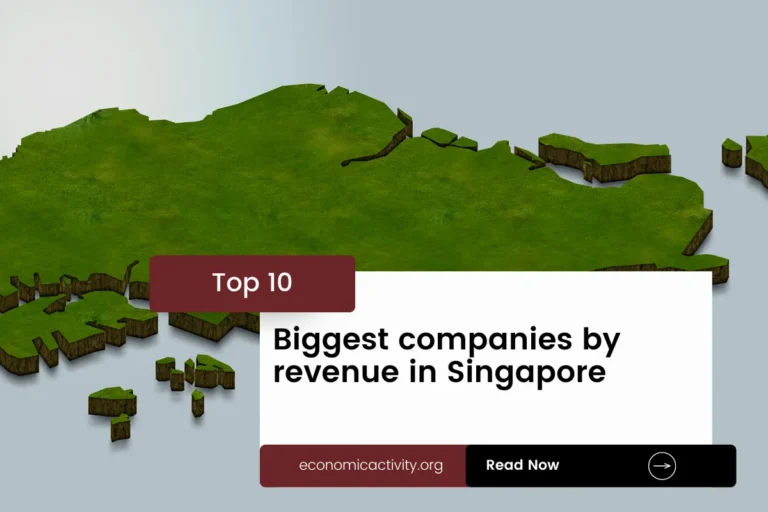What is the economic system of Laos? The economy of Laos is based on a mixed socialist-oriented market economy. The country’s economic system combines elements of a market economy and a planned economy, but the country even when claimed not to have achieved socialism or communism is building and working toward the establishment of socialism in its territory.
Laos’ economy is heavily reliant on agriculture, with rice being the main crop. Other industries include mining, hydropower, and tourism.
In Laos, the economy is composed of a private sector, consisting of individuals and businesses that make autonomous decisions based on self-interest, and a dominant public sector, where the state determines the production and distribution of certain goods and services. No country is purely capitalist or purely communist.
What do the freedom indexes tell about the economic system of Laos?
Now, to determine if a country is mostly a market economy or a planned economy, it is useful to examine some economic indexes. For instance, according to the 2022 Index of Economic Freedom, which measures the ability of every human to control his own labor and property, Laos is ranked 151th globally and 33rd in Asia-Pacific indicating that the country has a repressed economy.
In a similar way, the 2022 Freedom House index evaluates the state of political rights and civil liberties globally. Generally, market economies tend to align more with democracy and freedom, while command economies tend to be characterized by greater state control and fewer democratic and civil liberty protections. Laos gets a score of 13/100, which qualifies it as Not Free.
Laos is a country where the government controls what people do for political reasons, and people have limited freedom to choose (what, how much, and how to produce, whether to buy or not, selling price, etc.)
The Link Between Public Sector Employment and the Economic System of Laos
An indicator of the extent to which the State is involved in the economy is the number of public sector employees. In Laos, according to ILOSTAT, the number of public sector employees as a percentage of the total workforce is 11.4% (2017). Mixed socialist-oriented economies are characterized by central planning and state control over most economic activity. In such economies, the government tends to be the largest employer, and the number of public sector employees as a percentage of the total workforce is higher.
The historical factors that have influenced the economic system of Laos
The current mixed economy system of Laos is the result of the country’s colonial history, its post-independence economic policies, and its current economic development.
During the colonial period, Laos was heavily influenced by French economic policies, which favored a market-based economy. After independence, the government implemented a centrally planned economy, which was largely unsuccessful.
In recent years, Laos has shifted to a more open market economy, with increased foreign investment and trade. This has allowed the country to benefit from increased economic growth and development.





Leave a Reply